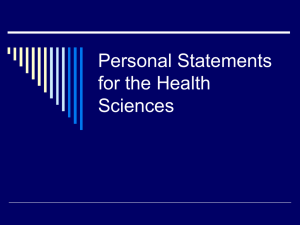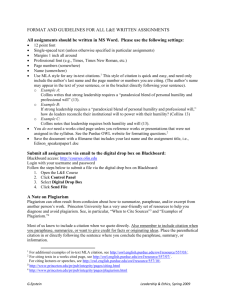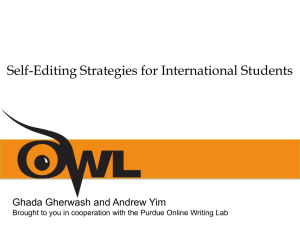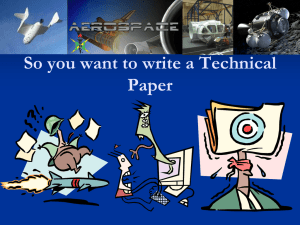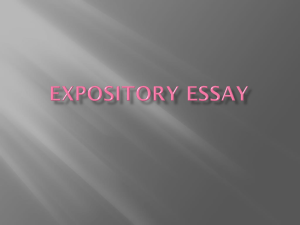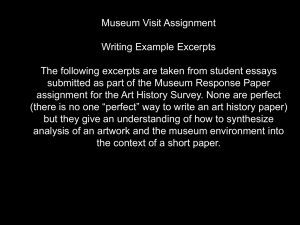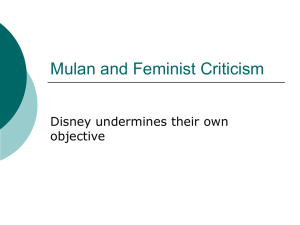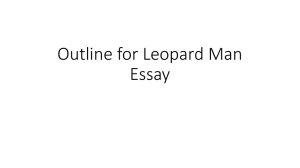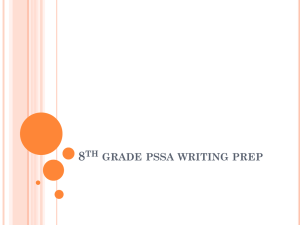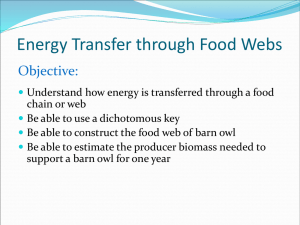English 10 Common Essay mistakes 2013
advertisement
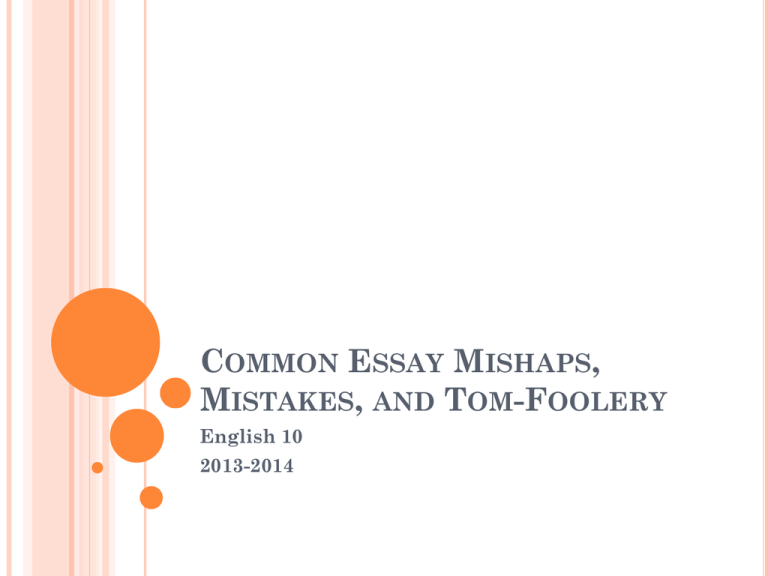
COMMON ESSAY MISHAPS,
MISTAKES, AND TOM-FOOLERY
English 10
2013-2014
FIRST AND FOREMOST…
All MLA rules apply, which states that you must
use 12 pt. Times New Roman font
Your heading must be placed in the upper lefthand corner of your paper and should look like
either of the following:
Jane Smith
Jane Smith
English 10 – 7/8
Mrs. Dietrich
Mrs. Dietrich
English 10- 7/8
16 September 2013
16 September 2013
IN-TEXT CITATIONS
Lacking completely
Format
“I sound my barbaric yawp over the roofs of the world”
(Whitman 89).
Or
Whitman said “I sound my barbaric yawp over the roofs
of the world” (89).
http://owl.english.purdue.edu/owl/resource/747/02/
SENTENCE STRUCTURE/SYNTAX ERROR
Symbol: [ ] (brackets)
Problems:
Confusing in meaning
Incomplete/dangling
Run-on
Fragment
Awkward/juxtaposition
Sentences are all the same length
DICTION ERRORS
Wrong word (ww)
Stop right-clicking and using the built-in thesaurus!
Odd/incorrect word choice (wc)
Starting sentences with conjunctions (circled)
FANBOYS
Subordinating
Wrong version of a word (circled)
there vs. their vs. they’re
its vs. it’s
then vs. than
LACK OF COMMENTARY AND CONCRETE
DETAILS
You must remember the rule of the 1:2 ratio (1:1
ration for this paper)
If you don’t have commentary, then it’s not an
analysis, and that will result in an F for not
completing the essay as assigned.
Likewise, if you do not have examples from the
book that support your thesis (concrete details)
then the paper is merely an opinion piece and not
an analysis.
TRANSITIONS
Symbol: a curving connecting line
Lack of from sentence to sentence
Lack of from paragraph to paragraph
http://owl.english.purdue.edu/owl/resource/574/01/
FLUFF/FILLER/VAGUENESS/LACK OF
RELEVANCE
All of your concrete details and commentary must
be used effectively.
Do not include detail that doesn’t help to prove
your thesis statement.
COMMA ERRORS
Symbol:
This essay: circled empty space or existing comma
Future essays: carrot to insert and loop cross-out for
removal
Problems:
Incorrect usage/splices
Lacking
Lists (Oxford comma)
Introductory elements/clauses
http://owl.english.purdue.edu/owl/resource/566/01/
PRONOUNS
Overuse (too many confuse the reader)
V.P.R. (vague pronoun reference when
referencing a previous subject)
AGREEMENT ERRORS (PRONOUNS CONTINUED)
Indefinite pronouns (anyone, somebody,
everyone) = SINGULAR
Their, them, they = PLURAL
Examples:
Incorrect- Everyone brought their books to class.
Correct- Everyone brought his/her books to class.
http://owl.english.purdue.edu/owl/resource/608/06/
*“Using the masculine pronouns to refer to an indefinite pronoun (everybody,
everyone, anybody, anyone) also has the effect of excluding women. In all
but strictly formal uses, plural pronouns have become acceptable
substitutes for the masculine singular.”
**Your essays are considered formal; your journals and other creative writing
are not considered formal.
INTRODUCTION WRITING
Symbol: { in the margin of the paragraph or a
specific note
Problems:
Lacking a topic sentence (T.S.)
No development
Too many concrete details
Fluff
Repetitive
Paper lacks an actual introduction paragraph – one
sentence does NOT make a paragraph
CONCLUSION WRITING
Symbol: { in the margin of the paragraph or a
specific note
Problems:
Includes new information not previously mentioned
in any body paragraph
Lack of finality - needs a clincher
Paper lacks an actual conclusion paragraph – one
sentence does NOT make a paragraph
SECOND PERSON
DON’T USE SECOND PERSON IN FORMAL
WRITING EVER!!!!!!!!!!!!!!!!!!!!!!!!!!!!!!!!
Do a control+F search for the word “you” so you
can eliminate all of the uses of “you,” “your,” and
“you’re”
The only time using second person is acceptable
is in a direct quote
THESIS STATEMENTS
Symbol: thesis?
Problems:
Weak/incomplete
Lack of
Misplaced
QUOTATIONS
Setting up your quotations
According to some, dreams express "profound aspects of
personality" (Foulkes 184), though others disagree.
According to Foulkes's study, dreams may express
"profound aspects of personality" (184).
Is it possible that dreams may express "profound aspects
of personality" (Foulkes 184)?
Adding clarification or noting a change you made [ ]
Notifying the reader of an original error [sic]
http://owl.english.purdue.edu/owl/resource/747/03/
QUOTE BOMBS
Symbol: QB
Problems:
No lead in
No follow through
Irrelevant
MISCELLANEOUS
Too much summary (no balance in CM/CD)
Strays from main idea/topic
Need to reiterate concept of thesis throughout
Lack of quotes/paraphrasing
Audience – remember it!
Repetitive (rep.)
Special punctuation usage errors (semicolon,
colons, dashes, parentheses)
The vagueness of the words “things” and “stuff”
Numbers under 10 should be spelled out
THE END
